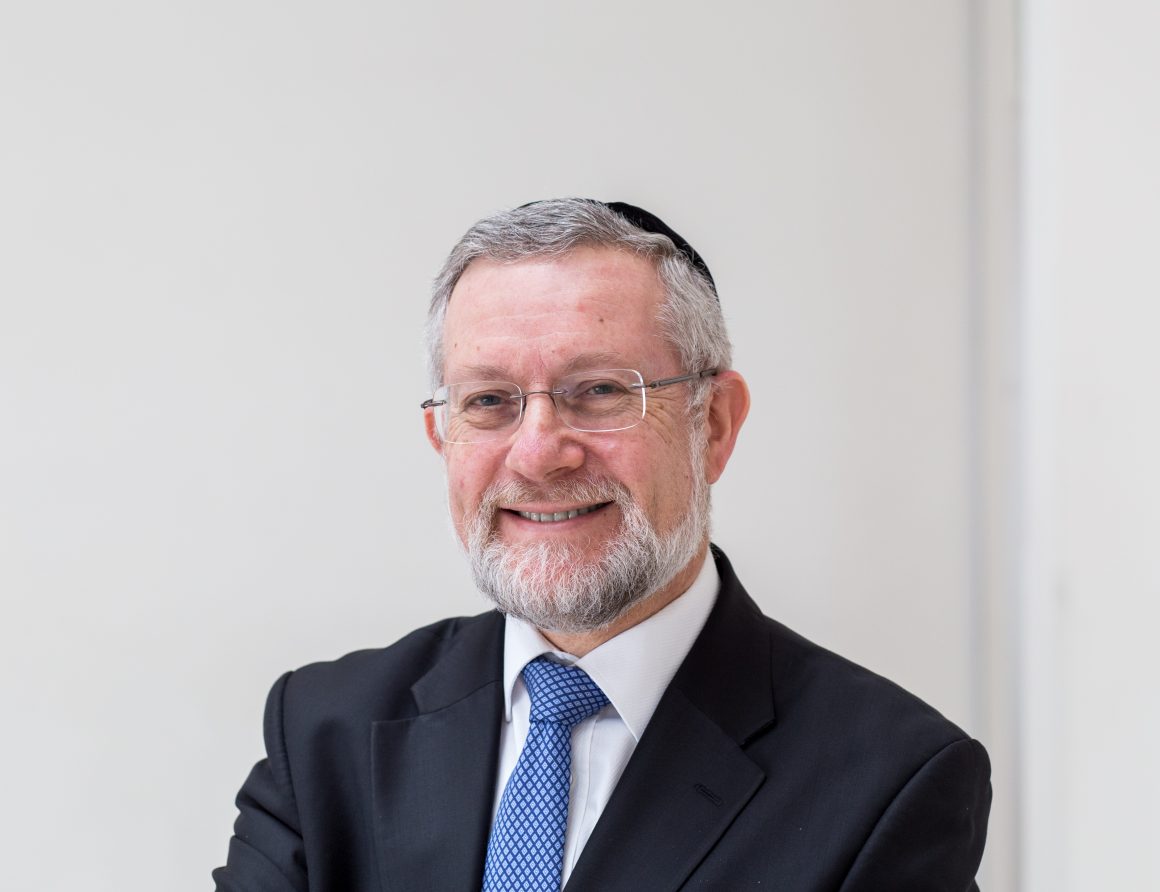TURNING JUDAISM OUTWARDS
Earlier this week, was the yahrzeit of one the greatest Torah teacher and leader of the twentieth century: Rabbi Menachem Mendel Schneerson, the seventh Lubavitche Rebbe, who died in 1994.
He espoused a Judaism that saw the good in every human being and inspired his followers to reach out to all parts of the world.
Unsurprisingly, he shows us a positive angle on Korach, one of the villains of the bible, the antihero of this week’s parasha.
He gave a talk in 1974 to a group of teenage girls. In it, he reflects on the Midrash that teaches that when Korach organized his demonstration against Moses, he arranged for all his fellow conspirators to be dressed identically. Last week’s portion ended with the mitzva of tzitzit where we are instructed to place a thread of blue in the white tzitzit fringes. Korach dressed his two-hundred-and-fifty henchmen in garments made entirely of blue.
He then confronted Moses with the following question:
“Does a garment made entirely of blue still require a tzitzit with a blue fringe?”
When Moses replied that it did, Korach mocked this answer to the crowd. If a single thread of blue is enough for a whole garment, surely a garment entirely of blue does not need another blue thread!
Rabbi Schneerson explained that Korach was challenging the essence of Moses’ leadership
The blue thread reminds us the blue of the oceans and the heavens, calling to mind G-d’s majesty.
But how do you communicate that message?
Korach believed that that the more you can overwhelm people with the “blue light of heaven” the more successful you will be. Korach wanted to appeal to the emotions, to set souls on fire. He sought to make people excited by G-d. Let their entire garment, their total identity, melt into the sky!
Moses fundamentally disagreed. The Torah G-d gave him to communicate to the people is not just based on people’s feelings.
Of course, the people must be inspired and motivated, but that has to translate into daily acts. Good deeds. Acts of kindness. Daily prayer. Regular mitzvot.
Moses taught that we have to take single, daily, tangible acts and, through them, weave a blue thread of connectedness to G-d.
Korach wanted to wake up the world. Moses didn’t disagree. But he knew that to change the world you have to work at a step at a time.
Moses knew that it is all very well to excite an audience. But if this is not combined with an impact on daily lives, then it is of limited value. When Glastonbury is over, all that is left is a trudge through the mud.
Rabbi Schneerson didn’t just preach these ideas. He lived by them.
He inspired people to the heights with his farbrengen, but, more importantly, he inspired tens of thousands to go out and be his representatives to bring Judaism to all corners of the globe. He encouraged people to connect in simple, daily ways: putting on tefillin, giving tzedaka, lighting candles, hospitality.
Rabbi Lord Jonathan Sacks described it brilliantly in a phrase that he coined some years ago, that was adopted by Rabbi Moshe Miller to be the title of his biography of the Rebbe: Turning Judaism Outwards.
During lockdown, we have missed the inspiring crowd experiences. We have come to appreciate, even more, the essential daily ways we can connect with each other and with G-d.


